The Troutbitten Podcast is available everywhere that you listen to your podcasts.
** Note ** The Podcast Player, along with links to your favorite players is below.
The Troutbitten guys are here to talk about two flies. Why do we fish two dry flies, two streamers, wets or nymphs? Why don’t we? Why might we fish with just one fly instead? Multiple fly rigs are a common solution to fishing problems, but extra flies on the line can certainly create more issues than they solve.
The one or two fly debate, across fishing styles — this is our topic. What works, when and why? What’s the upside? What’s the downside?
Resources
READ: Troutbitten | Tangle Free Tandem Rigs
READ: Troutbitten | Q&A: Why Do Multi-Nymph Rigs Tangle, and How to Avoid It
READ: Troutbitten | Three Styles of Dry Dropper
Listen with the player above, or . . .
Find the Troutbitten podcast on any of these services:
— Apple Podcasts
— Spotify
— Google Podcasts
— Amazon Music
. . . and everywhere else where you listen to podcasts.
You can find the dedicated Troutbitten Podcast page at . . .
Season Thirteen of the Troutbitten Podcast continues next week with episode three. So look for that in your Troutbitten podcast feed.
Fish hard, friends.
** Donate ** If you enjoy this podcast, please consider a donation. Your support is what keeps this Troutbitten project funded. Scroll below to find the Donate Button. And thank you.
Enjoy the day.
Domenick Swentosky
T R O U T B I T T E N
domenick@troutbitten.com



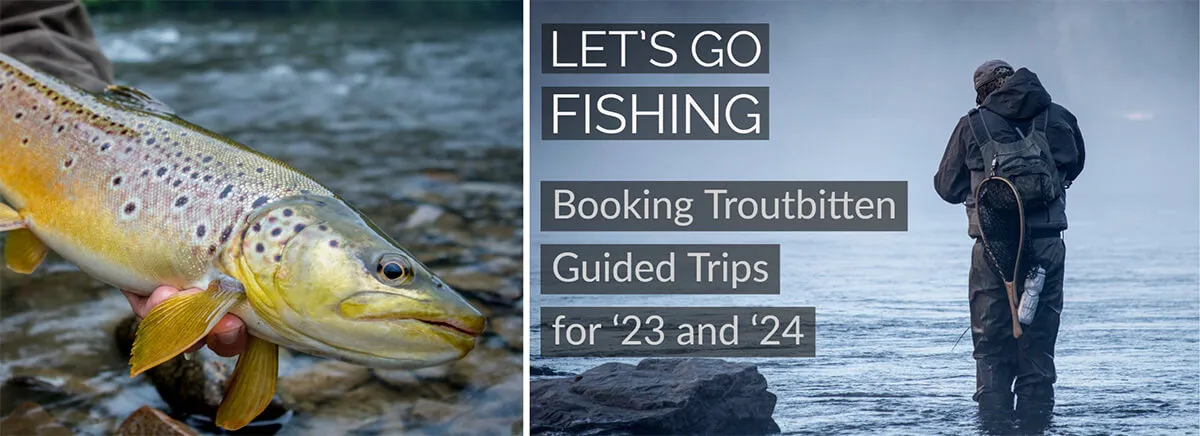
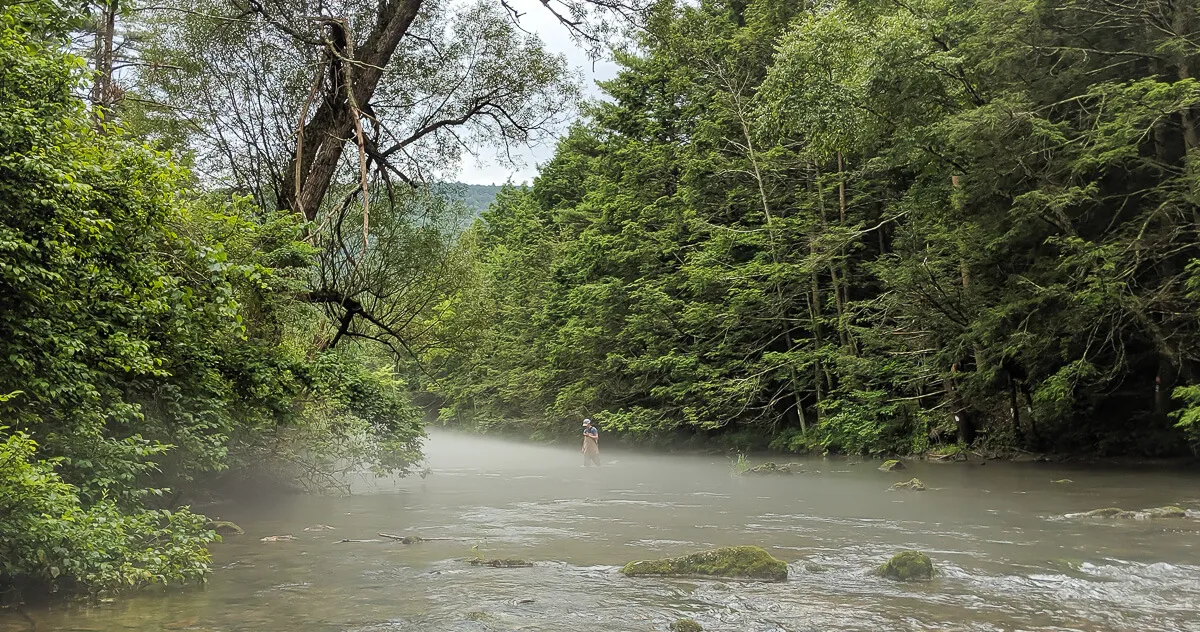
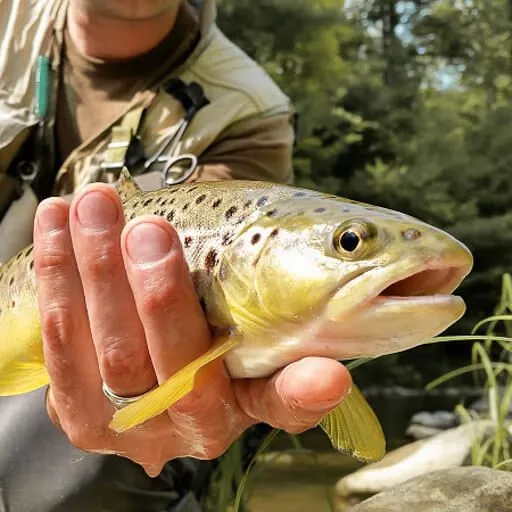


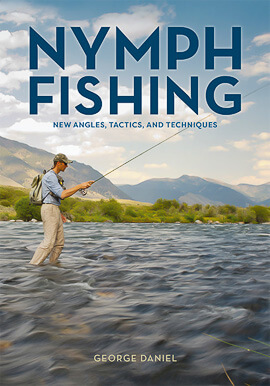
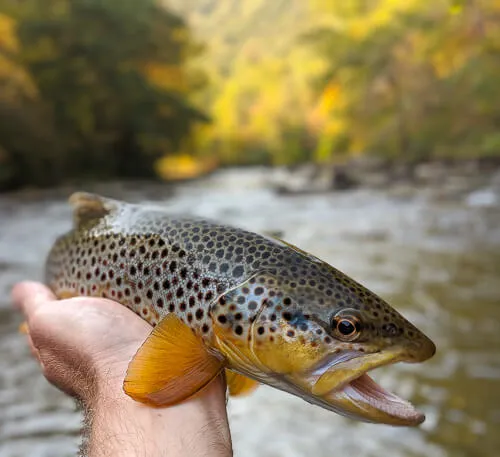
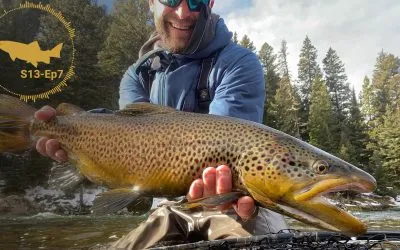
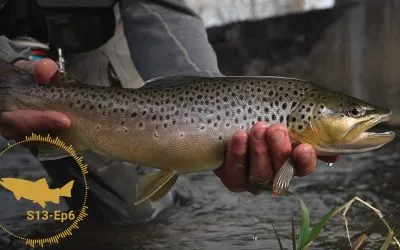
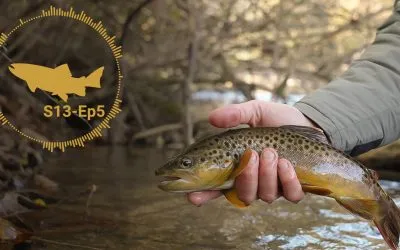
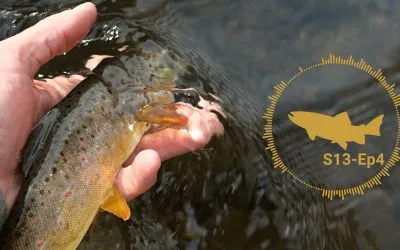
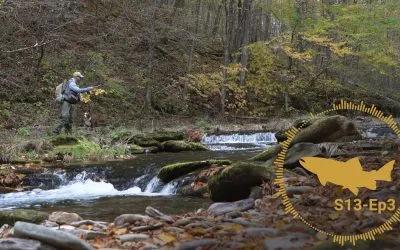
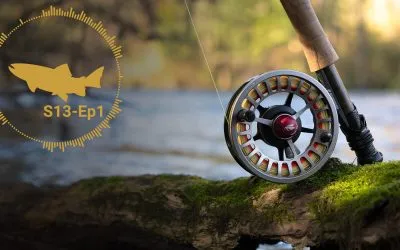

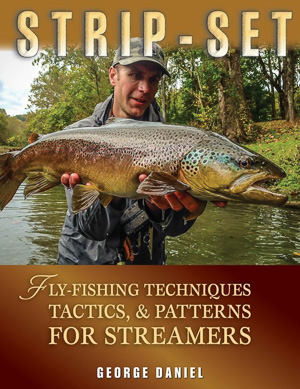
Good stuff guys. I liked the mention of being more accurate and more intentional with one fly.
I will say that I almost always have two flies on while nypmhing. I also am almost always overweighted. The two flies gives me a ton of confidence and helps me to refrain from constantly changing flies. It helps me think more about the drift than the flies. You guys brought up some good points about how two flies negatively influence your drift. I find this common in a lot of the water I fish. That’s why fish so damn heavy… Knuckle dragging.
I enjoyed the references to night fishing. You guys may have brought up some good points there.
Out of curiosity, at what weight do you find your accuracy is significantly hampered on the standard leader? I start having a hard time nailing it under low hanging branches above 60
centigrams. I can still be pretty accurate at that weight or above in open space, but when I have to use funky angles I start to make mistakes.
Thanks
Not to be overly narcissistic, but I loved this podcast because it’s something I think about a lot. You’ve addressed most of my main concerns, but here are three somewhat minor points:
1. When nymphing, I find myself changing flies more frequently when only using one. Perhaps it’s purely psychological, i.e., since I’m only offering the fish one fly, perhaps I feel that I should vary my choice more. Or, perhaps it’s because I don’t worry about shortening the distance between the point and the tag fly. Whatever the reason, I’m much more likely to change point fly when it’s a singleton.
2. This is a physics question, so perhaps someone more versed in the subject can assist me, but I’ve always assumed that two independent nymphs don’t sink any faster than one nymph. Since the the point of a tag is that the flies shouldn’t influence each other (unless currents are affecting them, so one pulls at the other, but then, the descent should be slowed, not accelerated) it seems to me that, say, two 3mm. nymphs should sink at the same rate as one, not as a 6mm. nymph.
3. Dom, why do you sound like you’re from Mississippi when you say the word “style?”
To point 3. Lmfao
Got a chuckle from that.
Another drawback to fishing multiple flies I’ve experienced quite often is a lower success rate landing large trout, to the point I fish a single fly unless I absolutely must use more than one. This seems to happen for a couple different reasons:
1. If you’re fishing a two nymph rig with flies spaced 20” apart and hook a 22” fish on the “anchor”, I’ve often had the dropper snag the tail of the fish during the fight which can lead to a break off. Yes, you can combat this by spacing your flies further apart than the length of the fish you expect to catch, but I often find having flies spaced a Namer distance apart or more to be disadvantageous for getting good dead drifts in many types of water. Also, when trout roll during a fight, the dropper can snag them as well, no matter the distance between flies.
2. A second fly will often hang up on the bottom, the bank, in a log, etc. during a fight. Multiple times I’ve had smaller fish take the second fly during a fight with the larger fish, resulting in confusion and a big fish replaced with an 8” fish.
On my home rivers in the Rockies, probably 95% of the large trout I catch are on big nymphs and small streamers (think mops, stoneflies, eggs). Since the fish are so willing to take these larger, more visible drifting flies, I find that the advantages of a second fly are outweighed by the chaos factor they introduce.
Good stuff. It all depends, right? I get a lot of takes from big trout when trailing something small off the big one, and I’m sure that most of those fish I would not have caught.
As far as the second fly causing problems, that’s fair. But the first thing I want to see/know, after setting the hook is what fly the fish took, because that very much dictates HOW I will fight the fish.
I like this. Might use it as a podcast question. Thank you.
Dom